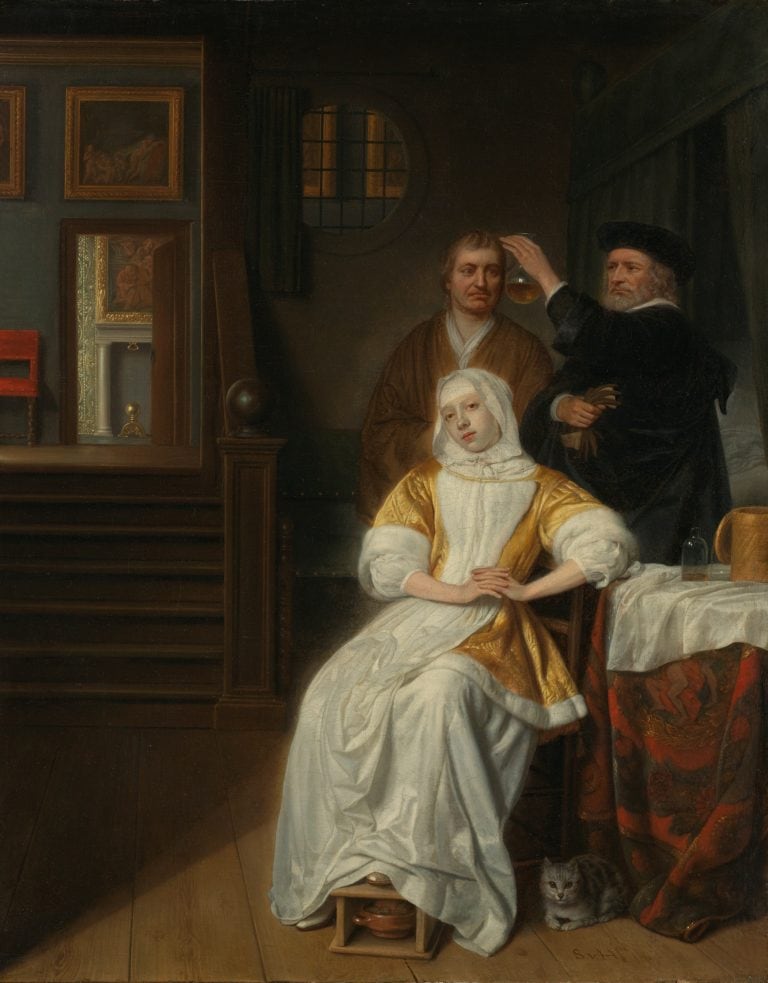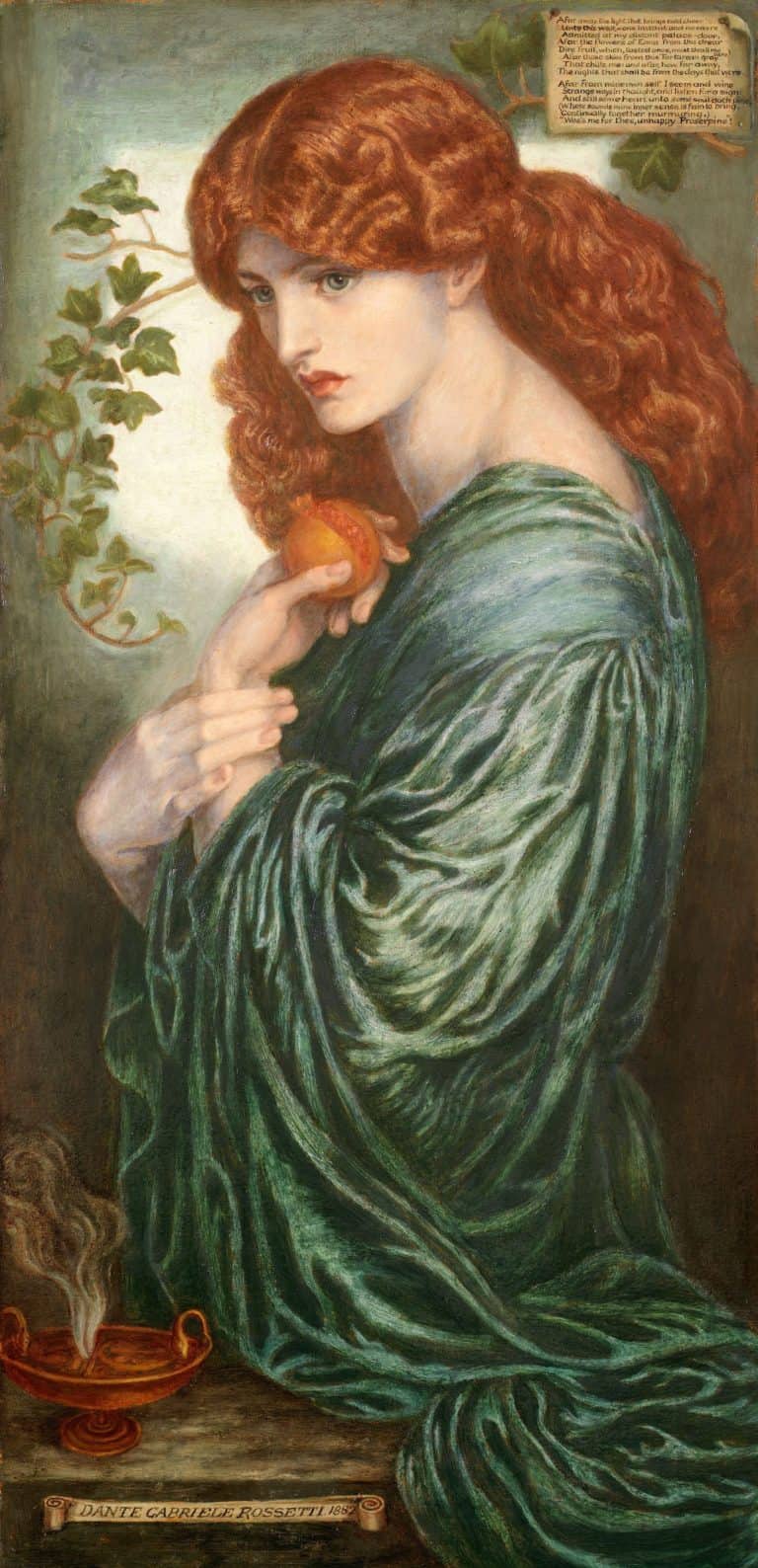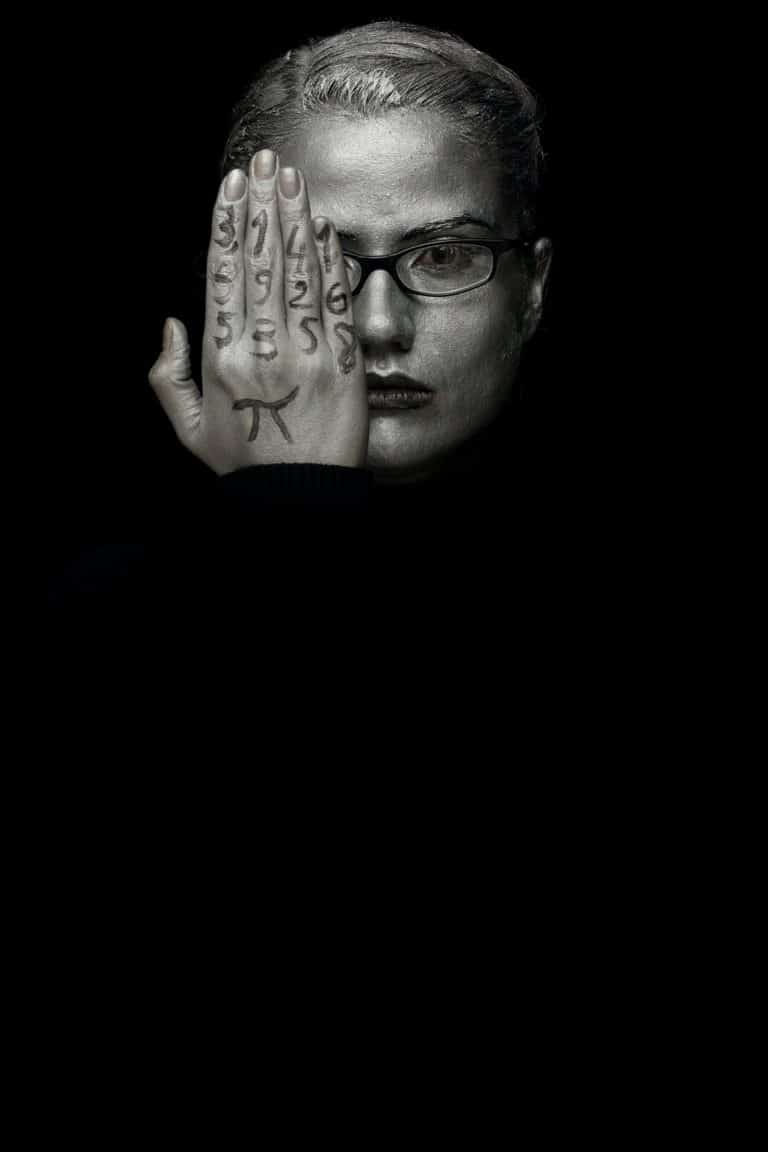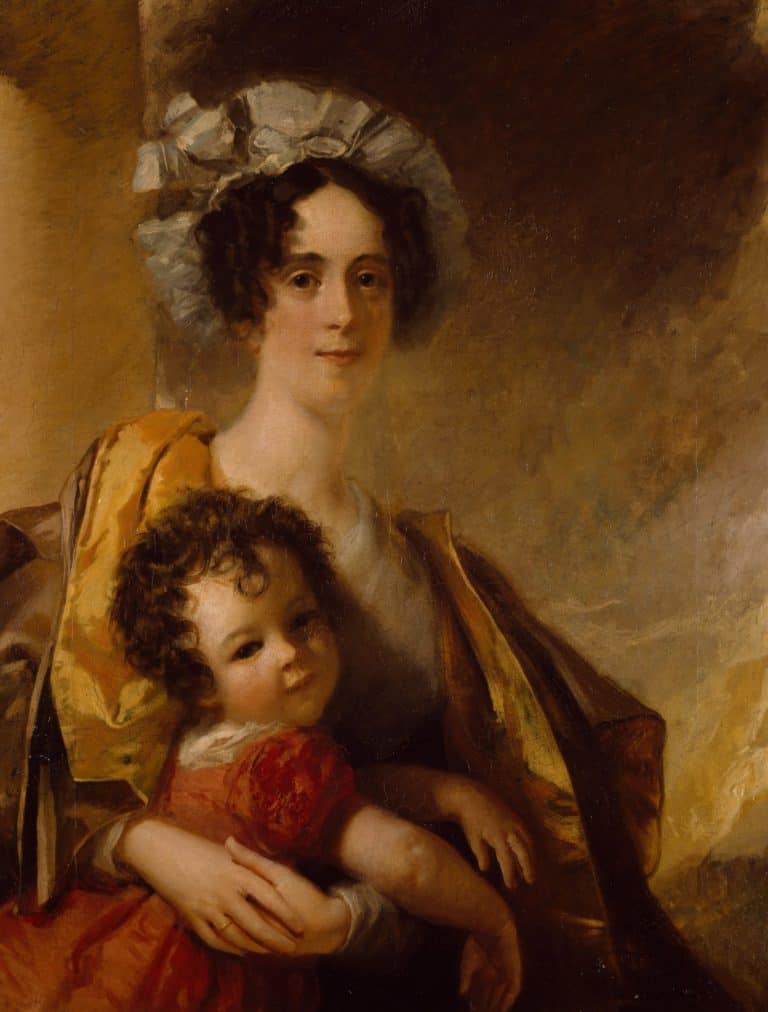OCD Colors: Understanding the Fear of Colors in OCD
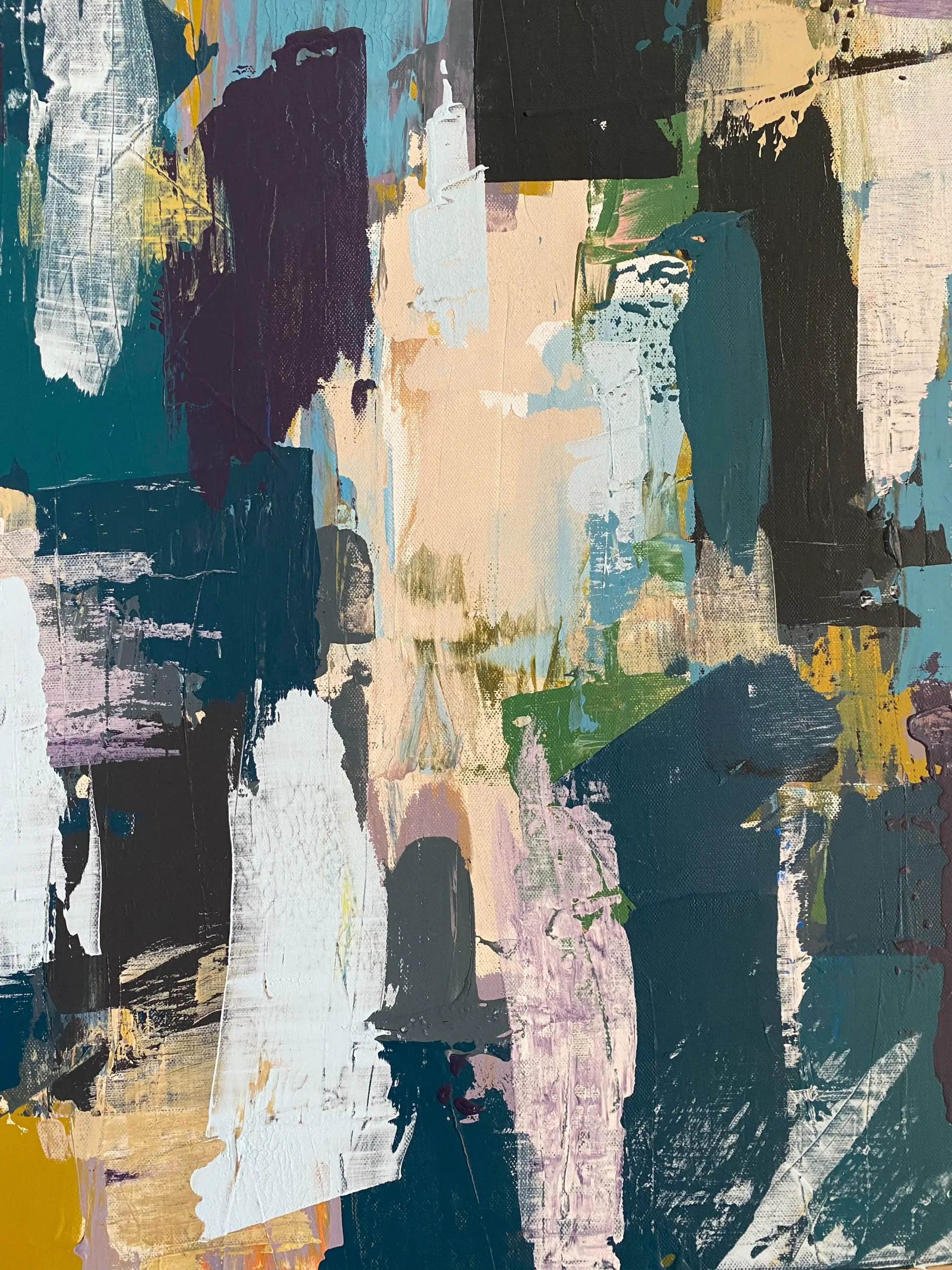
The world is awash with an array of vibrant and diverse colors, each conveying its unique essence and mood. For most of us, the hues that surround us are an integral part of daily life, enhancing our environments and influencing our choices in subtle, often imperceptible ways.
Yet, for some individuals grappling with Obsessive-Compulsive Disorder (OCD), colors can transform into potent sources of distress and anxiety, leading to a condition often referred to as “Color OCD.”
In this article, we embark on a journey into the intricate landscape of OCD colors, a lesser-known but profoundly impactful subtype of Obsessive Compulsive Disorder. We delve deep into the minds of those whose lives are marked by an overwhelming fear of colors, seeking to unravel the obsessions, compulsions, and daily struggles they face.
Through understanding the complexities of OCD colors, we aim to shed light on the profound influence colors can exert on the human psyche and the remarkable resilience of those who confront their fears daily.
Join us as we explore the intricate tapestry of OCD colors, delving into the fears, obsessions, and coping strategies that define this unique manifestation of a disorder that continues to captivate the attention of researchers, clinicians, and individuals who strive for brighter, more colorful tomorrows.
Understanding Color OCD Obsessions and Fears
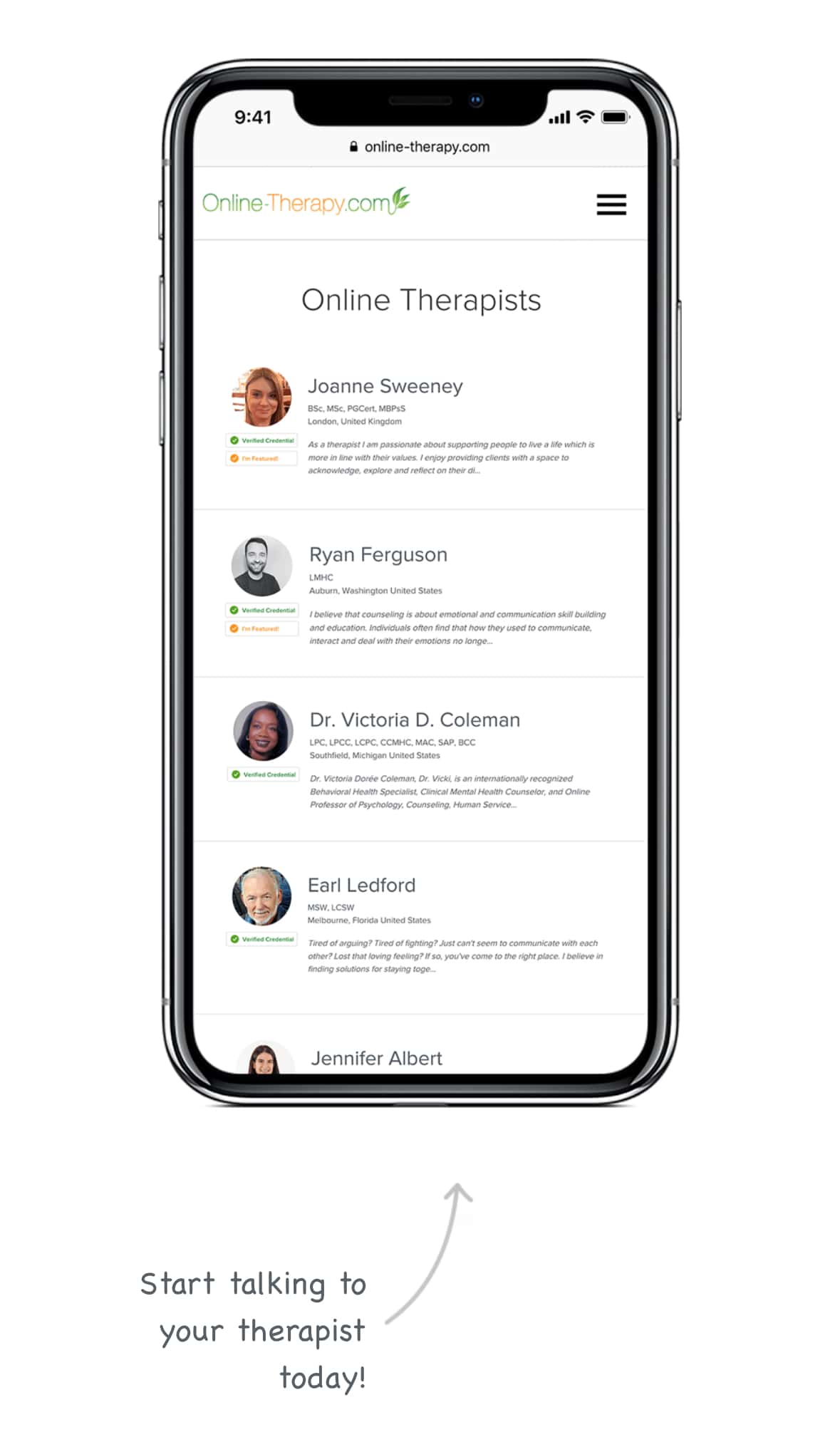
🎁 Special Offer: 🎁 When you use our affiliate link, you’ll receive an exclusive 20% discount on Online-Therapy.com services!
Don’t miss this opportunity to invest in yourself and unlock your full potential. Start your journey to mental wellness today!
Say yes to a brighter, happier future with Online-Therapy.com!
20% discount on Online-Therapy.com services
Are you ready to take control of your mental well-being and embark on a journey towards a happier, healthier you? Look no further than Online-Therapy.com!
Experience a transformation in your mental health with the following benefits:
- Convenient & Confidential: Online-Therapy.com provides a safe and private platform for therapy sessions. Say goodbye to the stress of in-person appointments.
- Comprehensive Resources: Access a treasure trove of therapeutic resources, including worksheets, journals, and interactive tools, all designed to help you grow and heal.
- Certified Professionals: Connect with experienced and licensed therapists who are dedicated to your progress and well-being.
- Tailored Approach: Online-Therapy.com offers personalized plans designed to suit your specific needs, ensuring you receive the support you deserve.
Fear of the Wrong Color Choice
These common obsessions can manifest in everyday decisions like clothing choices, home decor, or even choosing a pen color. Individuals may spend excessive time contemplating the “right” color or constantly second-guess their choices.
Associated Fears: Fear of embarrassment, fear of ridicule, or great distress that the wrong color choice will lead to negative consequences, such as accidents or personal failure.
Invasive Thoughts about Colors
Intrusive thoughts can involve vivid mental images or disturbing associations with certain colors, often unrelated to reality. These thoughts can be distressing and challenging to dismiss.
Associated Fears: Fear of losing control over one’s thoughts, fear that these thoughts are a reflection of one’s character, or fear that these thoughts could become a reality.
Fear of Contamination by Colors
This obsession involves concerns that specific colors are tainted, unclean, or carry negative energy in a certain way. Individuals might engage in compulsive cleaning rituals to eliminate the perceived contamination.
Associated Fears: Fear of illness or harm, fear of spreading contamination to others, or fear that the presence of certain colors will bring bad luck.
Fear of Making Mistakes
Individuals may worry excessively that choosing the wrong color will result in negative consequences, such as causing accidents, inviting bad luck, or harming loved ones.
Associated Fears: Fear of responsibility for the consequences, fear of regret, or fear of not being able to rectify the mistake.
Fear of Harm
Some individuals may develop irrational beliefs that specific colors are linked to harm or danger, even when there’s no logical basis for these associations.
Associated Fears: Fear of encountering harm associated with certain colors, fear of being unable to avoid harm, or fear of being cursed or targeted due to color choices without a reasonable explanation.
Triggers for OCD colors can be highly individualized and may involve any situation where color choices are involved, from shopping for groceries to selecting paint for a room.
Effective treatment typically involves therapy, medication, or a combination of both, tailored to the specific needs of the patients.
Related Articles – 10 Celebrities with OCD
Exploring the Connection Between Color OCD and Other Forms of OCD
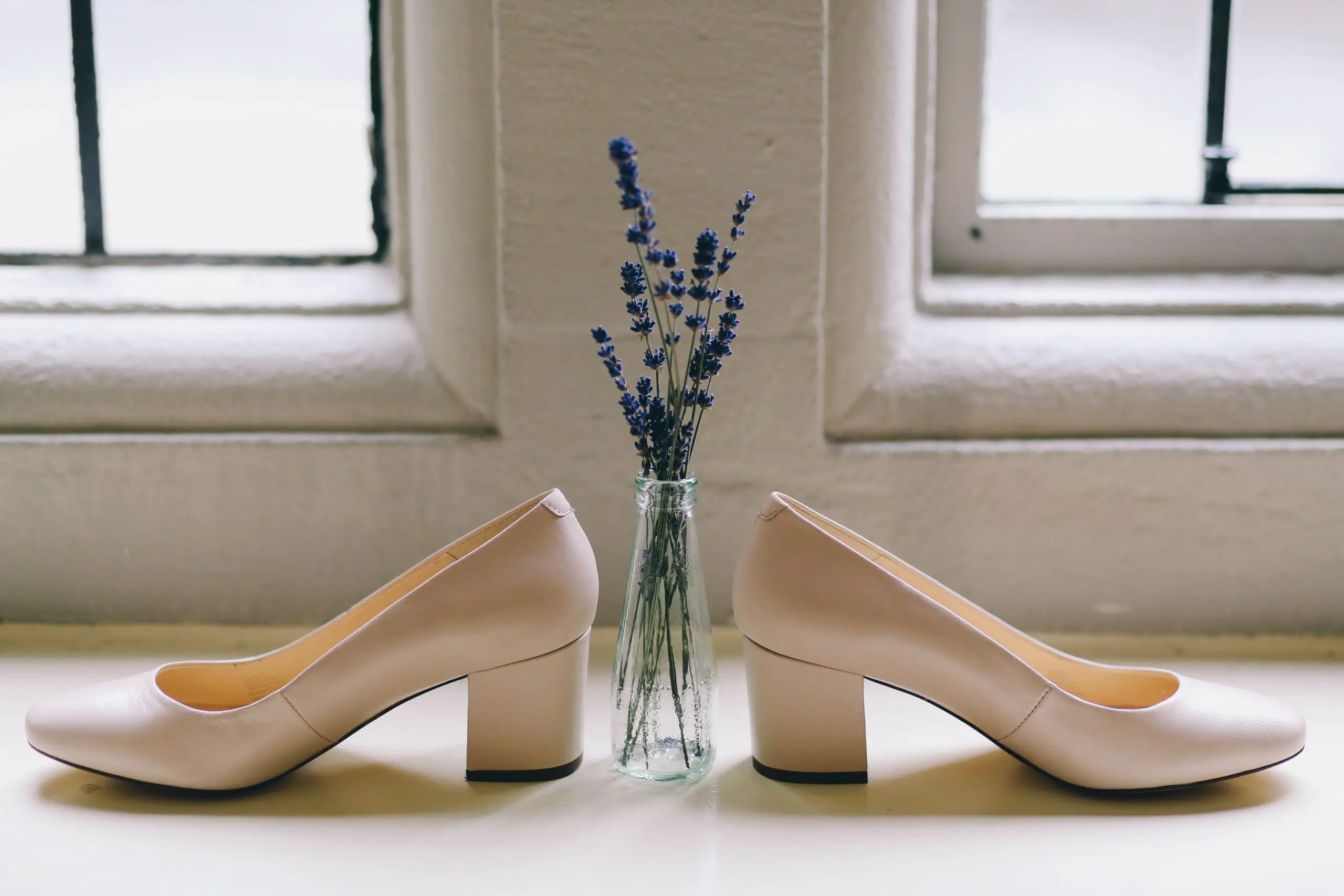
OCD colors can be associated with other forms of OCD, and understanding this connection can shed light on the complexity of obsessive-compulsive disorder.
Here’s how color OCD can be related to other types of OCD:
Overlap with Perfectionism
Color OCD often involves an obsession with achieving the “perfect” color choice or coordination.
This perfectionistic element can overlap with other forms of OCD, such as checking or symmetry OCD, where individuals obsessively check or arrange objects to achieve perfection.
Contamination OCD
The fear of contamination by colors in color OCD may also connect with contamination OCD.
Both involve irrational fears of contamination or harm, albeit with different triggers (colors in color OCD vs. physical substances in contamination OCD).
Intrusive Thoughts
In color OCD, individuals may experience intrusive thoughts related to colors.
These intrusive thoughts can be similar to the intrusive thoughts experienced in other forms of OCD, such as harm OCD or Arithmomania OCD (avoiding a specific number, unlucky numbers).
Avoidance Behaviors
People with color OCD may avoid situations where color choices are involved to prevent anxiety and distress.
This avoidance behavior mirrors the avoidance behaviors seen in various other forms of OCD, such as fear of contamination leading to avoidance of public places in contamination OCD.
Hoarding OCD (Hoarding Disorder)
In some cases, individuals with color OCD may hoard objects solely because of their color. They may accumulate items in various shades or hues, even if these items serve no practical purpose.
This hoarding behavior can be connected to the need for color-related perfection or OCD fear of discarding items of the “wrong” color.
Symmetry and Ordering OCD
Color OCD often involves a desire for color coordination and matching.
This need for perfect color arrangements can overlap with symmetry and ordering Obsessive Compulsive Disorder, where individuals obsessively arrange items to achieve symmetry and orderliness.
For some, color choices play a significant role in these rituals.
Health Anxiety OCD (Illness Anxiety Disorder)
In color OCD, individuals may fear contamination by specific colors (color red, for example), which can extend to a fear of these colors being linked to health hazards.
This connection can overlap with health anxiety OCD, where individuals obsessively worry about various health concerns and illnesses, sometimes triggered by seemingly unrelated factors like colors.
Regarding the debate about whether OCD colors is a sign of Obsessive Compulsive Disorder or just personal preferences, it’s crucial to recognize that OCD involves intrusive and distressing obsessions, often leading to ritualistic behaviors (compulsions) aimed at reducing anxiety.
Personal preferences, on the other hand, are subjective choices that don’t necessarily cause significant distress or interfere with daily life.
While personal preferences for colors are entirely normal, color OCD goes beyond preferences, as it involves irrational fears, compulsive behaviors, and significant impairment in functioning.
Related Articles – Somatic OCD: Dealing With Bodily Obsessions
The Impact of Color OCD on Daily Life
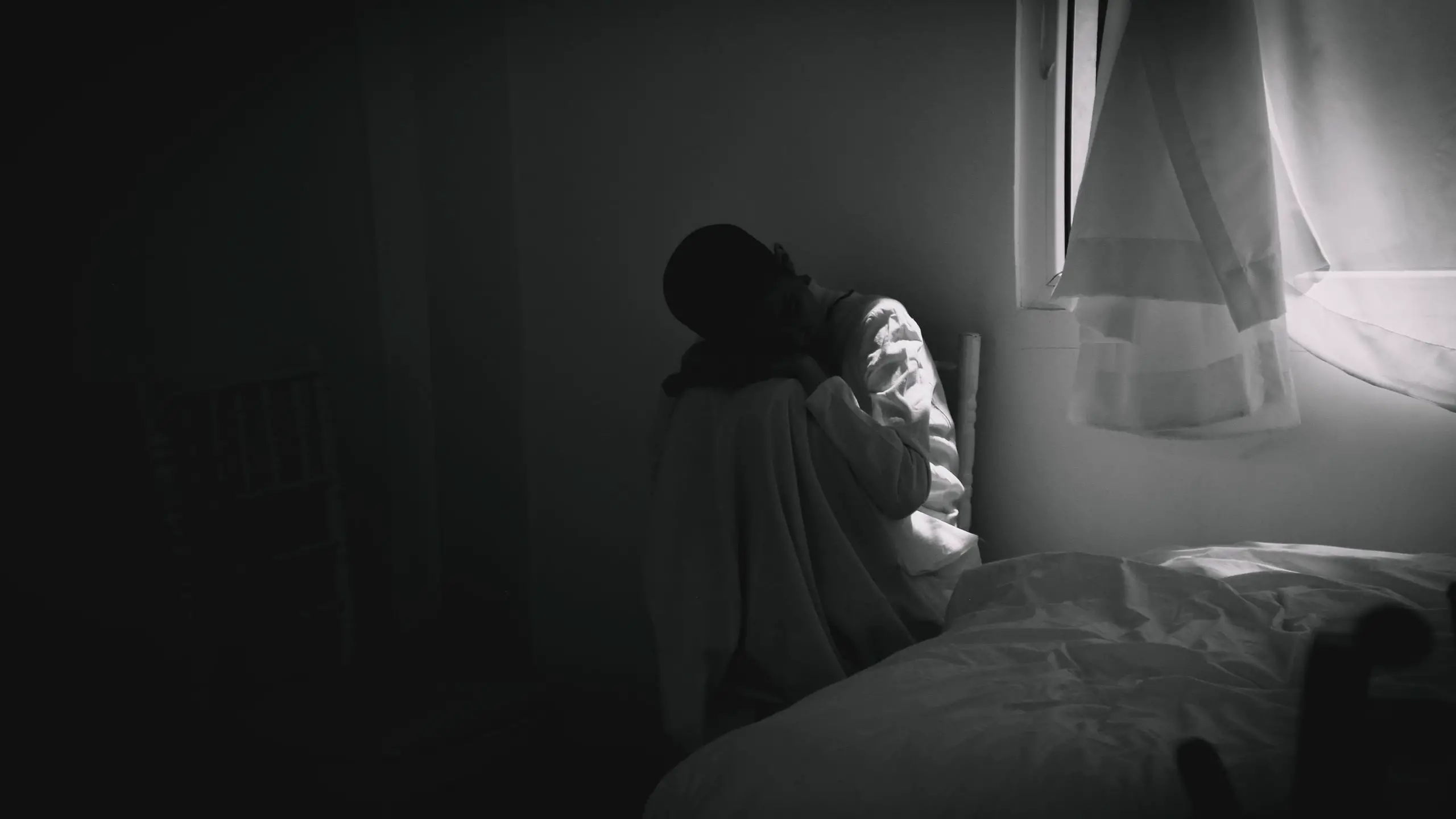
Color OCD can have a significant impact on individuals’ daily lives, leading to various challenges and difficulties.
Here are some of the effects and challenges associated with color OCD:
Time Consumption – People with color OCD may spend an excessive amount of time making color-related decisions. Simple tasks like choosing a specific order of clothing, decorating a room, or even writing with a specific colored pen can become time-consuming and draining.
Interference with Daily Activities – OCD colors can interfere with daily routines and activities. Individuals may avoid situations that involve color choices to minimize distress, which can limit their participation in social events, work, or school.
Financial Strain – Constantly seeking the “right” color can lead to excessive spending on various colored items, from clothing to home decor, causing financial strain.
Relationship Strain – The obsession with color choices and the need for perfection can strain relationships. Loved ones may become frustrated with the individual’s preoccupation with colors or the need for reassurance about their choices.
Reduced Productivity – At work or in academics, OCD colors can reduce productivity. Individuals may struggle to complete tasks efficiently due to the time spent on color-related decisions or compulsive behaviors.
Emotional Distress – Color OCD can cause high levels of anxiety, frustration, and distress. Individuals may experience emotional turmoil when unable to make what they consider the “right” color choice.
Isolation – Some people with color OCD may isolate themselves to avoid situations where color choices are required. This isolation can lead to loneliness and a decreased quality of life.
Compulsive Behaviors – Compulsions in color OCD, such as repeatedly checking or changing colors, can be physically exhausting and disruptive to daily life.
Difficulty in Decision-Making – Individuals with color OCD may find it challenging to make decisions in various aspects of life, not just related to colors. This difficulty in decision-making can extend to other areas, affecting their overall functioning.
Impact on Self-Esteem – Persistent doubts and superstitious behaviors about color choices and a fear of making mistakes can erode self-esteem and self-confidence.
Health Consequences – In cases where color OCD involves contamination fears, there may be health consequences due to excessive cleaning or avoidance behaviors.
It’s essential to recognize that OCD colors, like other forms of OCD, is a treatable condition. Cognitive-behavioral therapy (CBT), particularly exposure and response prevention (ERP), along with medication in some cases, can help individuals manage their symptoms and regain control over their daily lives.
Related Articles – What is ROCD? Relationship OCD Symptoms, Causes, & Treatments
Treatment and Coping Strategies for Perfectionism OCD

Treating color OCD, which often involves perfectionistic tendencies and obsessions related to color choices, typically involves a combination of therapeutic approaches and coping strategies.
Here are some available treatment options and coping mechanisms for managing color OCD:
Treatment Options for Color OCD
Cognitive-Behavioral Therapy (CBT)
CBT, especially Exposure and Response Prevention (ERP), is considered the gold standard treatment for OCD, including color OCD.
In ERP, individuals are gradually exposed to situations that trigger color-related obsessions while learning to resist engaging in compulsive behaviors.
Over time, this helps reduce the anxiety associated with color choices.
Medication
In some cases, medication, typically selective serotonin reuptake inhibitors (SSRIs), can be prescribed to help manage the symptoms of color OCD.
Medication is often used in conjunction with therapy for more severe cases or when therapy alone is not effective.
Coping Mechanisms and Strategies for Managing Color OCD
Mindfulness and Relaxation Techniques
Practicing mindfulness meditation and relaxation exercises can help individuals manage anxiety associated with color choices.
These techniques can enhance self-awareness and reduce the emotional distress tied to color-related obsessions.
Gradual Exposure
If you’re in therapy, work with your therapist to develop a hierarchy of color-related situations that trigger obsessions and common compulsions.
Gradually expose yourself to these situations, starting with less distressing scenarios and working your way up.
Limit Reassurance Seeking
Resist the urge to seek reassurance from others about your color choices.
Reassurance seeking can reinforce OCD behaviors. Instead, trust your own judgment.
Support Groups
Consider joining a support group for individuals with OCD.
Sharing experiences and strategies with others who understand your challenges can be reassuring, motivating and help with ending stigma.
Healthy Lifestyle
Maintain a balanced diet, regular exercise, and adequate sleep. A healthy lifestyle can help reduce overall anxiety levels, which can, in turn, benefit OCD symptoms.
Professional Help
Consult a mental health professional with experience in treating OCD, particularly color OCD. They can provide personalized strategies and guidance tailored to your specific needs.
Remember that managing OCD colors is a process that takes time and effort.
With the right treatment and coping strategies, individuals can reduce the impact of color-related obsessions and compulsions on their daily lives and gradually regain control over their choices and overall well-being.
Related Articles – OCD and IFS: A Complete Guide

🎁 Special Offer: 🎁 When you use our affiliate link, you’ll receive an exclusive 20% discount on Online-Therapy.com services!
Don’t miss this opportunity to invest in yourself and unlock your full potential. Start your journey to mental wellness today!
Say yes to a brighter, happier future with Online-Therapy.com!
20% discount on Online-Therapy.com services
Are you ready to take control of your mental well-being and embark on a journey towards a happier, healthier you? Look no further than Online-Therapy.com!
Experience a transformation in your mental health with the following benefits:
- Convenient & Confidential: Online-Therapy.com provides a safe and private platform for therapy sessions. Say goodbye to the stress of in-person appointments.
- Comprehensive Resources: Access a treasure trove of therapeutic resources, including worksheets, journals, and interactive tools, all designed to help you grow and heal.
- Certified Professionals: Connect with experienced and licensed therapists who are dedicated to your progress and well-being.
- Tailored Approach: Online-Therapy.com offers personalized plans designed to suit your specific needs, ensuring you receive the support you deserve.
Conclusion: Unveiling the Spectrum of Color OCD
In the course of our exploration into the world of Color OCD, we have journeyed through a landscape where the vibrant hues of everyday life transform into sources of relentless anxiety and apprehension.
We have met individuals who grapple with the intricate complexities of this subtype of OCD, where color choices become obsessions and the pursuit of perfection takes center stage.
Color OCD serves as a poignant reminder that OCD, in all its forms, can manifest in a multitude of ways, each with its unique set of challenges.
Through the lenses of those who navigate this intricate terrain, we have come to appreciate the profound impact that colors can have on our emotions, our daily decisions, and our very sense of self.
As we conclude our exploration, let us remember that knowledge is the key to compassion and support. For individuals living with Color OCD, understanding and acceptance can make all the difference.

